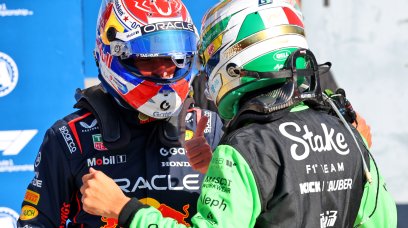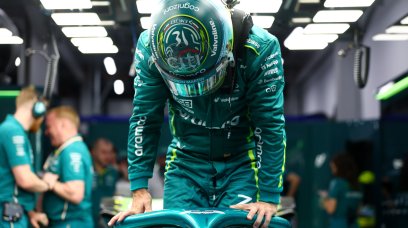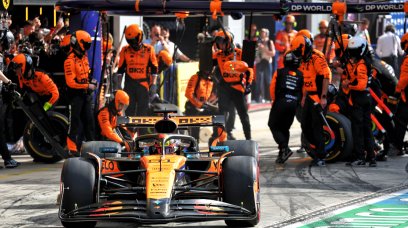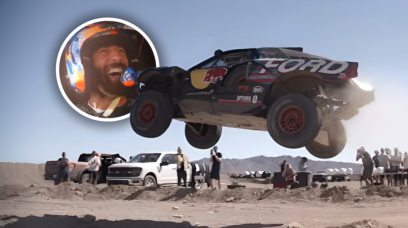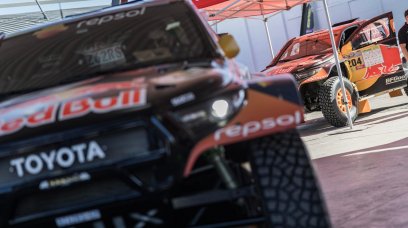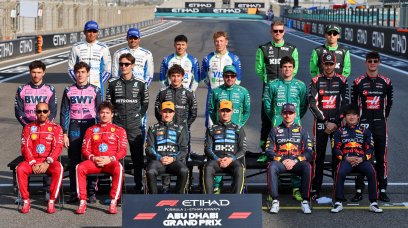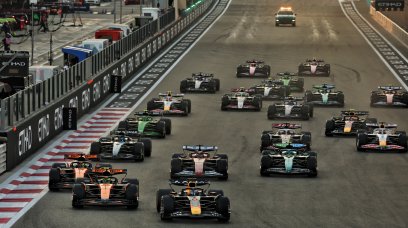Mercedes technical director James Allison has admitted that adapting to the 2021 rules changes has proved to be a challenge for the team, despite the cars remaining unchanged in some ways. Cost cutting measures introduced following the coronavirus pandemic meant that many significant changes planned for the sport were pushed back to 2022. However, new aerodynamic rules have resulted in the team having to make changes which, whilst they may appear minor, have actually had quite an impact. “Although bits of this car have carried over, the challenge of getting it ready for a new season has been every bit as difficult as it normally is because a lot has changed,” said Allison in a Mercedes F1 YouTube video. “Probably the most intense and difficult thing for us is reacting to the aerodynamic changes that come for 2021. “There was a concern that if we left the aerodynamic development of these cars unchecked then the performance would just keep increasing as it has been doing it for a number of seasons now. It would keep increasing to a level where the cars would just simply outgrow the tyres and perhaps even aspects of the circuits. “So, there was a good need to bring the performance down a bit from the cars so that they would be able to go into the new season with the mechanical packages designed for 2020, remember, and be confident that the performance of the car would be matched to the physical infrastructure that the car was built around.” Allison identified four key changes that were made on the car in 2020 to prepare for these changes, including a triangular cut-out to the edges of the floor in front of the rear wheels which in itself, if removed from the car, could take a second a lap away. “The combination of those four effects in their rawest form just cut-off and trim back in a way that the rules require brings the performance of the car way back to sort of somewhere near 2019 levels,” said the technical director. “It's been our challenge over the weeks since those rules, the weeks, and months those rules were set in stone to try to recover as much of the performance as possible. “That has been quite an entertaining ride in the wind tunnel and in CFD to try and make sure that we get that performance as far as possible back onto the car.” Other issues for Mercedes have included running the new 2021 tyres, which they had limited opportunity to test in 2020, with Allison explaining: “It's been a big challenge for us to try and stretch out that testing data that we had at the tracks last year and to try and make as much as we can out of the tyre data supplied to us by Pirelli so that we would be ready to really optimise the car around the characteristics of these new tyres.” Amongst other challenges, a change that particularly affects Mercedes is the wind tunnel. Previously all teams were allocated the same amount of time they were allowed to use this facility, but in 2021 each outfit has been given an individual allowance based on their success in the previous season. This means that lower-placing teams are granted more time to use their wind tunnel, and as a result the high-achieving Mercedes are especially impacted by this. “For us the challenge has been, how do we react to this new regulation in the most positive way?” Allison explained. “How can we make sure that we don't get tripped up by it? And there the challenge has been, well if we are not allowed to use as much of our wind tunnel and our CFD as we were previously how could we adapt our world so that we get more and more out of every single opportunity in that wind tunnel. “We only got one run in the wind tunnel, let's make that run as valuable to us as possible. If we are only allowed to do a small amount of CFD calculation, let's make it so that the methodology and approach to those CFD calculations are as valuable as possible. So, we've tried to adapt our approach to this, so we mitigate and maybe even completely offset the effect of this reduction in the amount that we are allowed to use these fundamental tools.” Enjoy the entire conversation by watching the video below.
UMwqR9M4SM8
Most read

